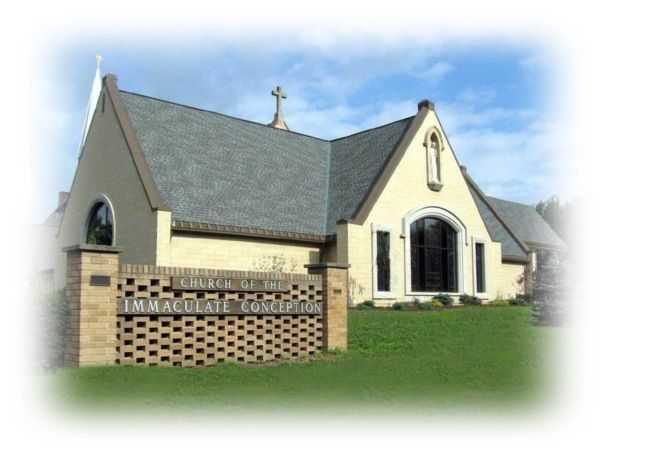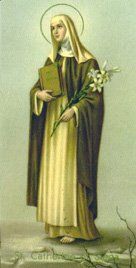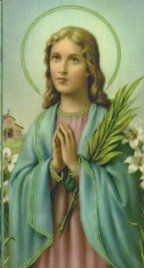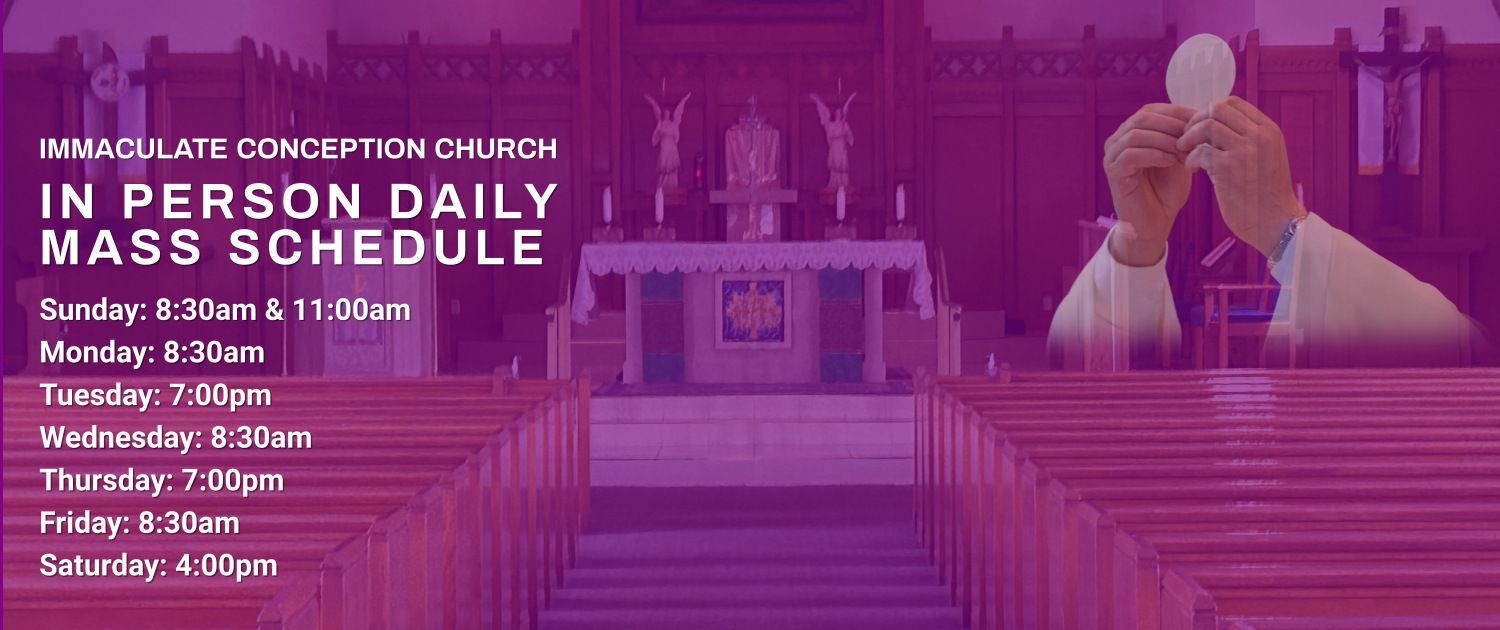Humble Blessings
Founding and Early Beginnings:
o The Church was founded on Peter’s confession of faith (Mt. 16:18).
o Pope Pius IX approved the establishment of the Diocese of Cleveland in 1847.
o The Madison Mission began in 1863 with the first Mass celebrated by Rev. John Tracy on July 15, 1863, in private homes.
Mission Status and Growth:
o Masses were celebrated monthly, and the Mission was connected to parishes in Painesville, South Thompson, Jefferson, Willoughby, and Geneva until 1934.
o In 1934, the parish was placed under the patronage of Mary Conceived Without Sin, becoming the Church of the Immaculate Conception.
Pastoral Leadership Through the Years:
o 1898: Rev. Gerald Bergen served the Mission under Willoughby parish.
o 1902: Rev. K. P. Banks succeeded Rev. Bergen, leading a congregation of 10 families.
o 1915: Rev. Leo Collins from St. Mary’s in Painesville assisted the Mission as the congregation grew to 75 people.
o 1934: Rev. Ludwig Virant became the first pastor of the newly established parish.
o 1950: Rev. John Mulholland was appointed pastor, serving for 24 years.
Property and Church Development:
o 1945: Property purchased on Hubbard Road, current site of the church building.
o 1953: Cornerstone laid for the new church building; 350 families attended Christmas Mass in the unfinished church.
o 1955: Church dedicated on October 18 by Bishop Edward F. Hoban.
Key Milestones and Expansions:
o 1978: Groundbreaking for the Parish Center occurred on April 9.
o 1980: Parish Center dedicated by Bishop James Griffin.
o 1982: Mary’s Shrine relocated to the parish grounds from St. John’s College in Cleveland.
o 1988: Parish celebrated its 125th Anniversary.
o 1995: Fagan Hall dedicated in honor of Pastor Emeritus Rev. Harry J. Fagan.
o 2010: New main altar.
o 2011: New chapel altar.
o 2013: Parish celebrated 150 years on July 21.
Recent Leadership and Achievements:
o 2003: Rev. Sean J. Donnelly appointed pastor on November 24.
o 2009: Parish celebrated its first priestly vocation with the ordination of Father Kevin Estabrook.
o 2023: Parish celebrated its second priestly vocation with the ordination of Father Christopher Stein.
Growing Through Change: Altar Alterations
Significance of the Altar:
o The altar is central to the sanctuary as the site of the sacramental offering of Jesus’ body and blood.
o Relics housed in the altars:
- Main altar: St. Maria Goretti.
- Chapel altar: St. Catherine of Siena.
Evolution of the Main Altar:
o Originally located under a wooden canopy with an Immaculate Conception backdrop.
o After liturgical reforms, the altar was resized and moved forward to allow the priest to face the congregation.
o 2010: The mensa was replaced with a larger one, giving the altar a more prominent appearance.
o 2014: Pedestals were added to the central structure to enhance balance and sanctuary beauty.
Modern Growth and Achievements:
o On November 24, 2003, Reverend Sean J. Donnelly, MA, D. Min., was appointed pastor of Immaculate Conception Parish in Madison, Ohio.
o Under Father Donnelly's leadership, the parish celebrated its 150th anniversary on July 21, 2013, marking a significant milestone in its history.
o The parish community has continued to grow and thrive, with Father Donnelly guiding its spiritual and communal activities.





